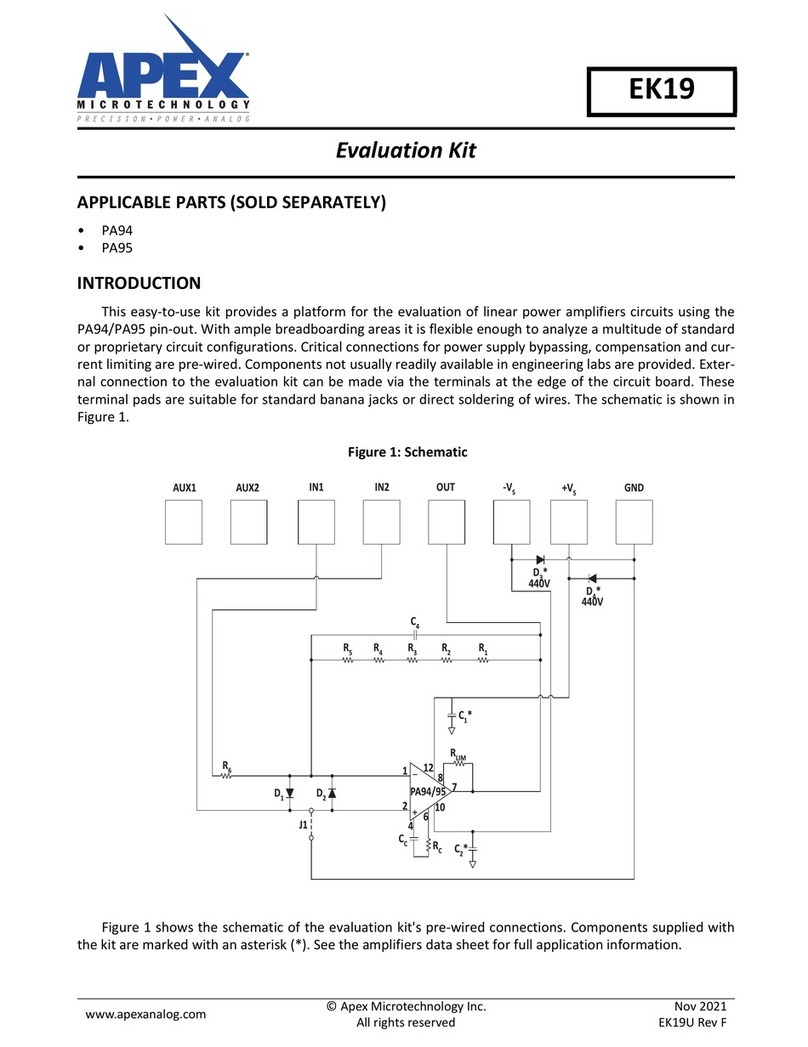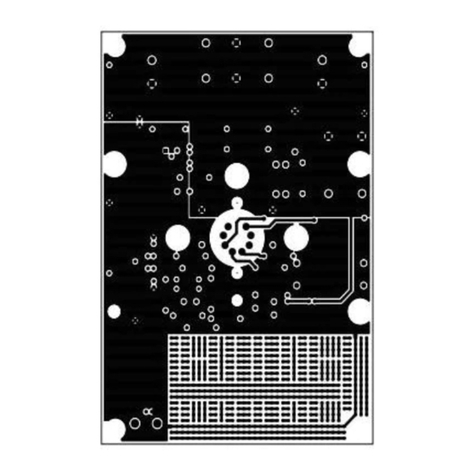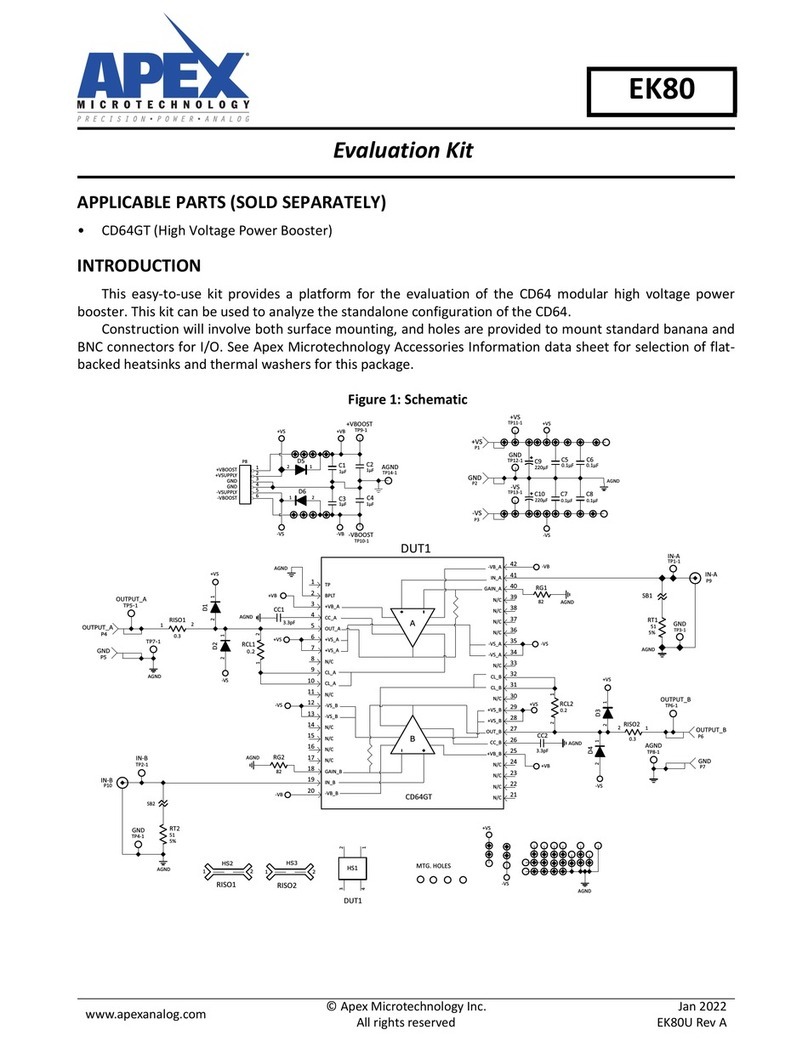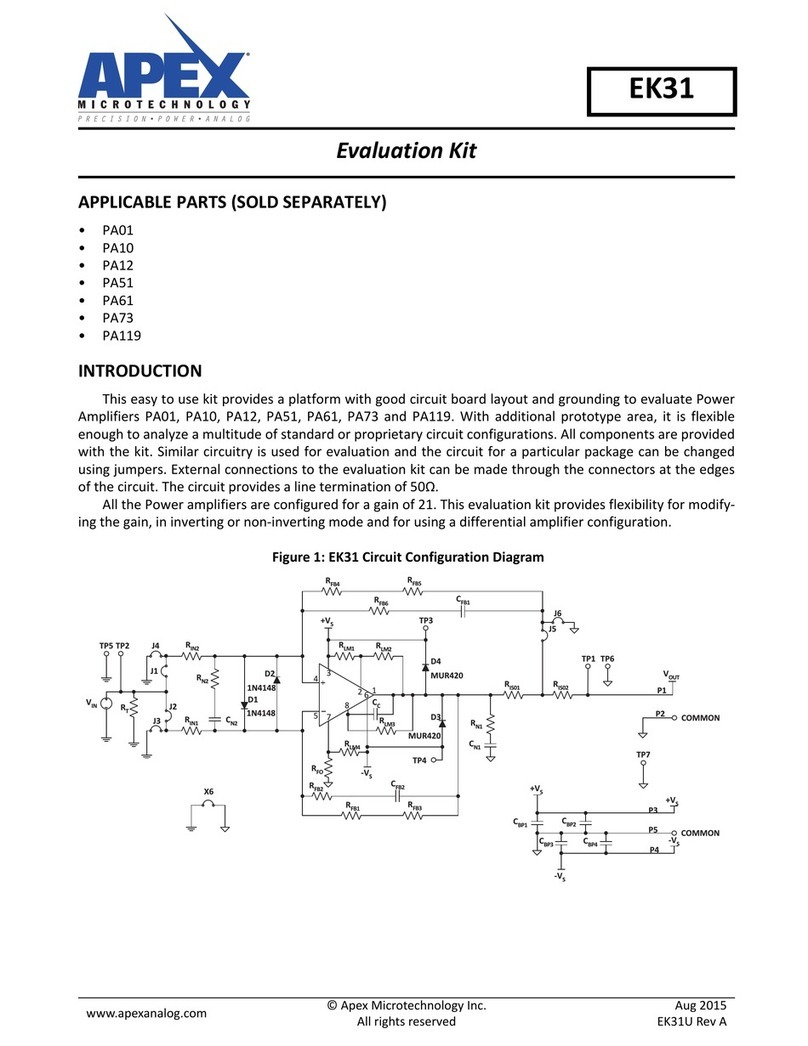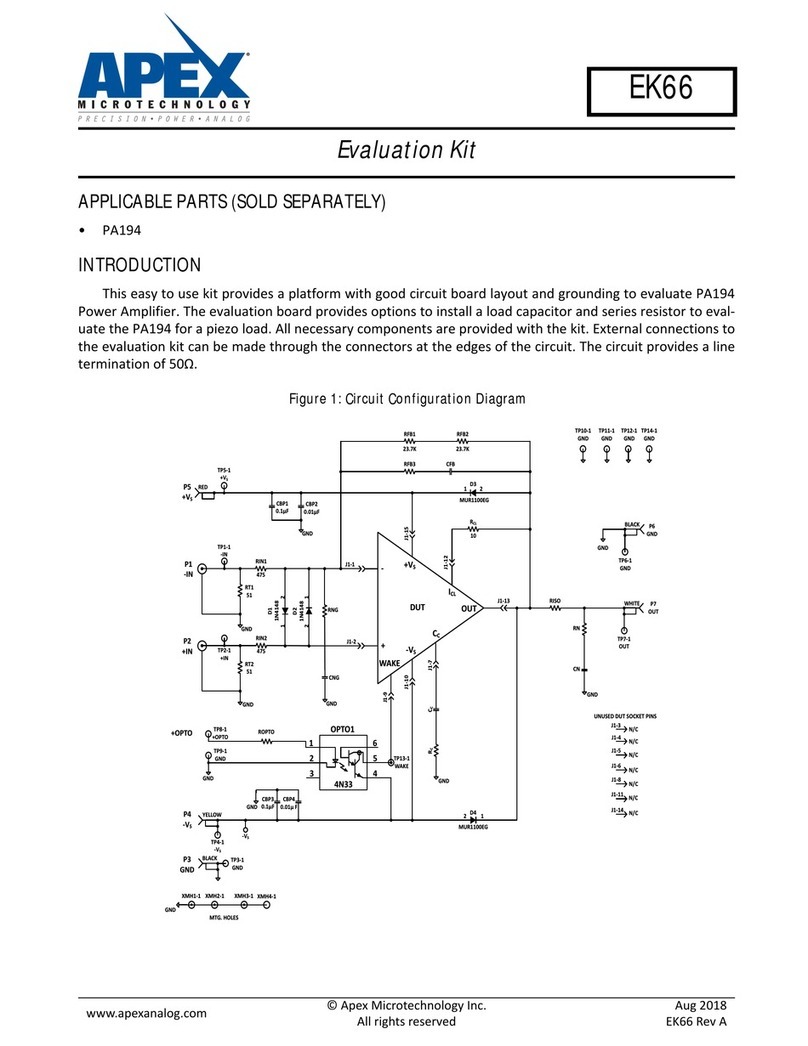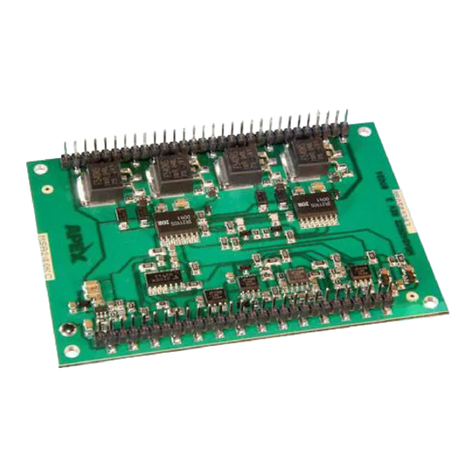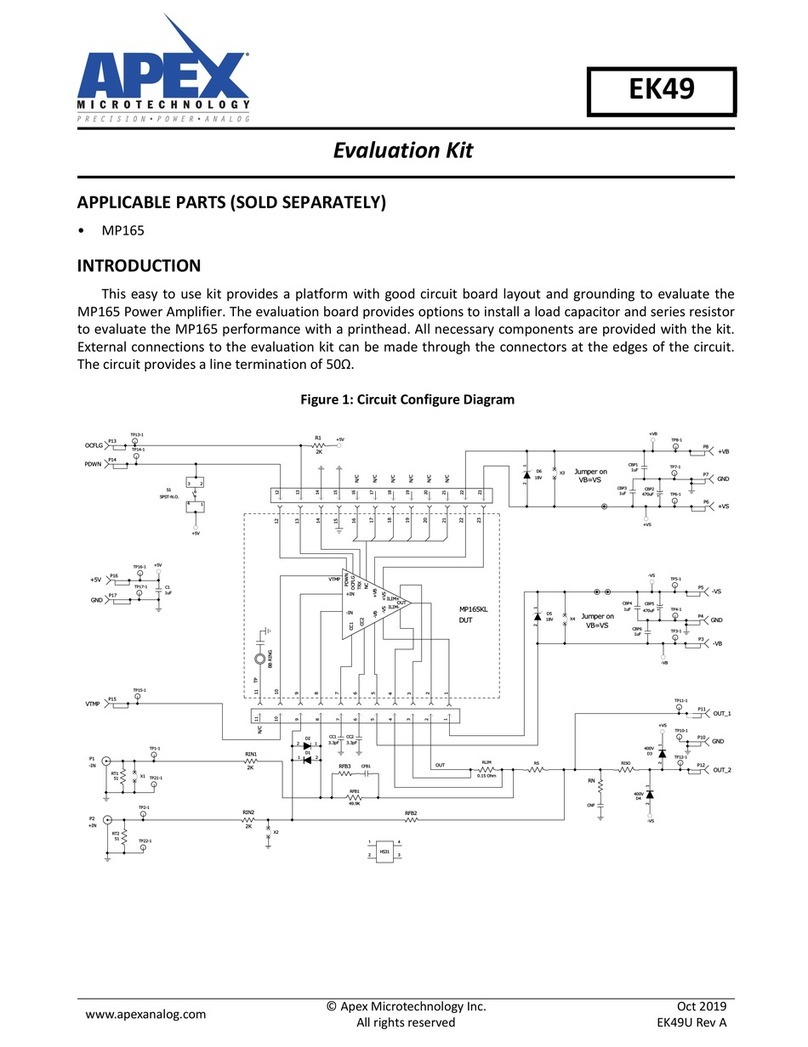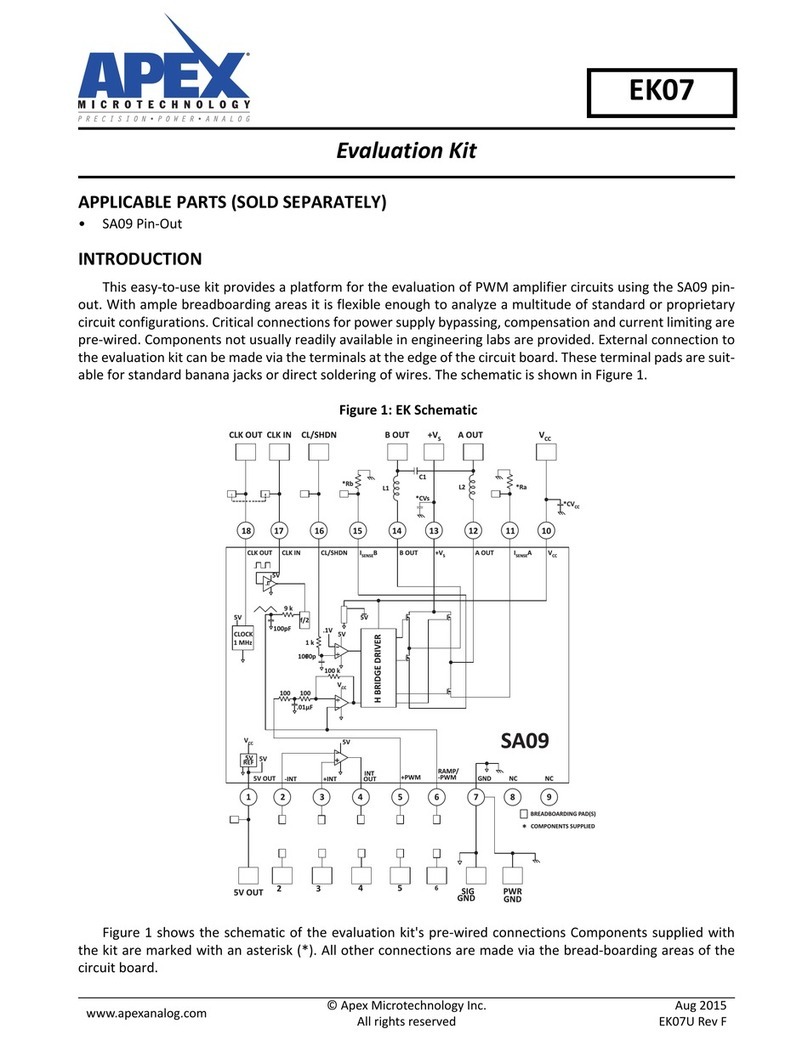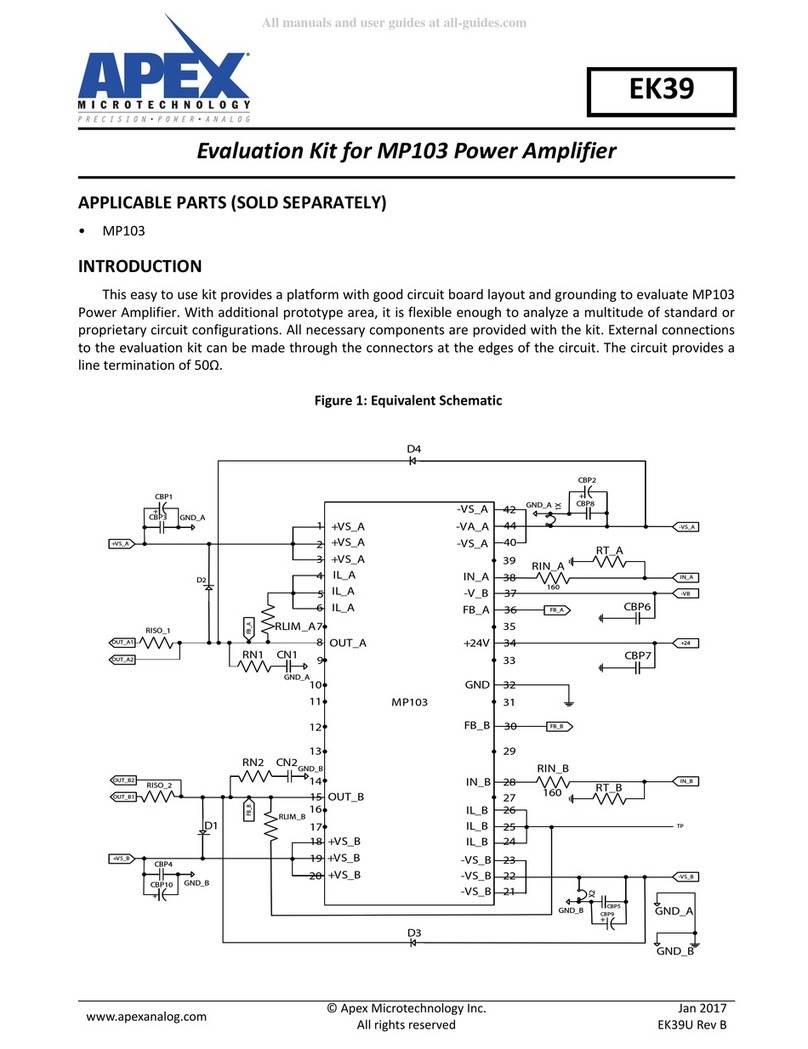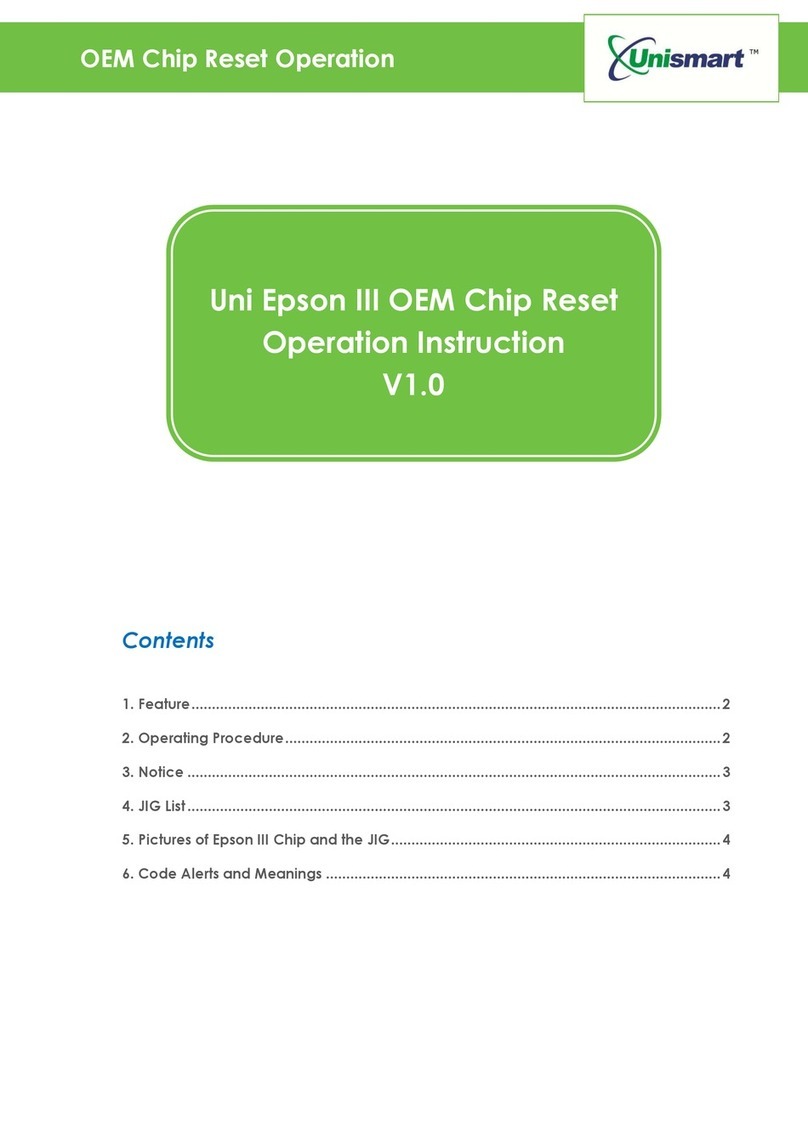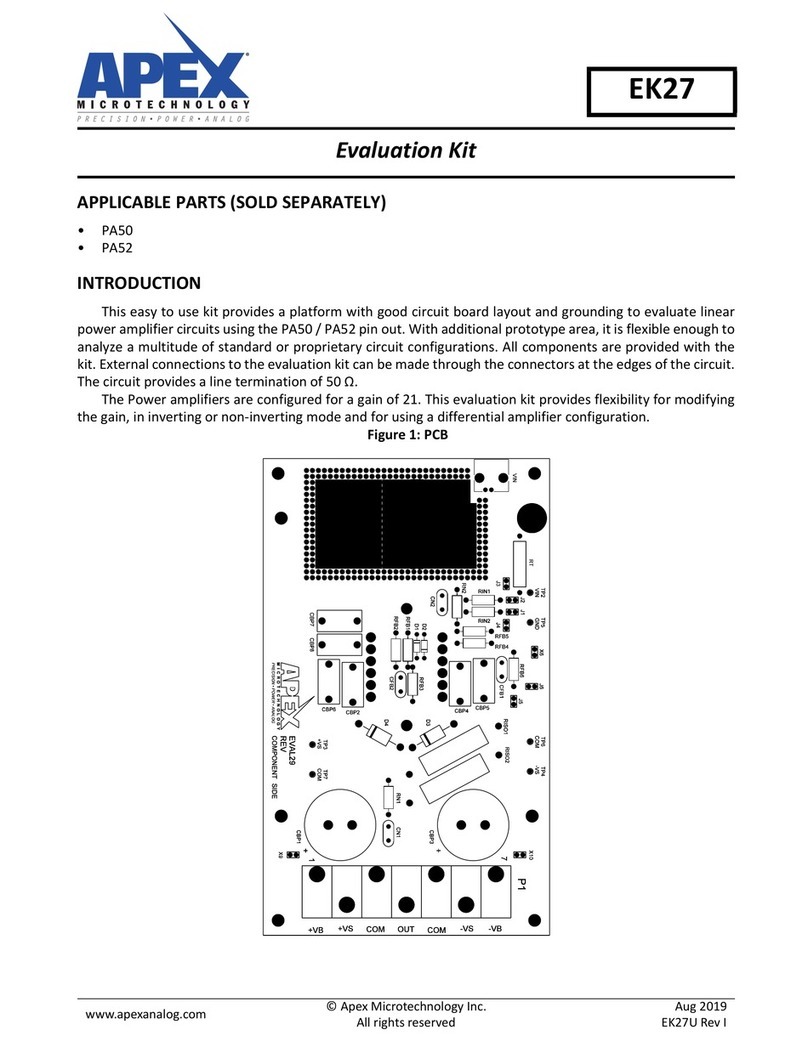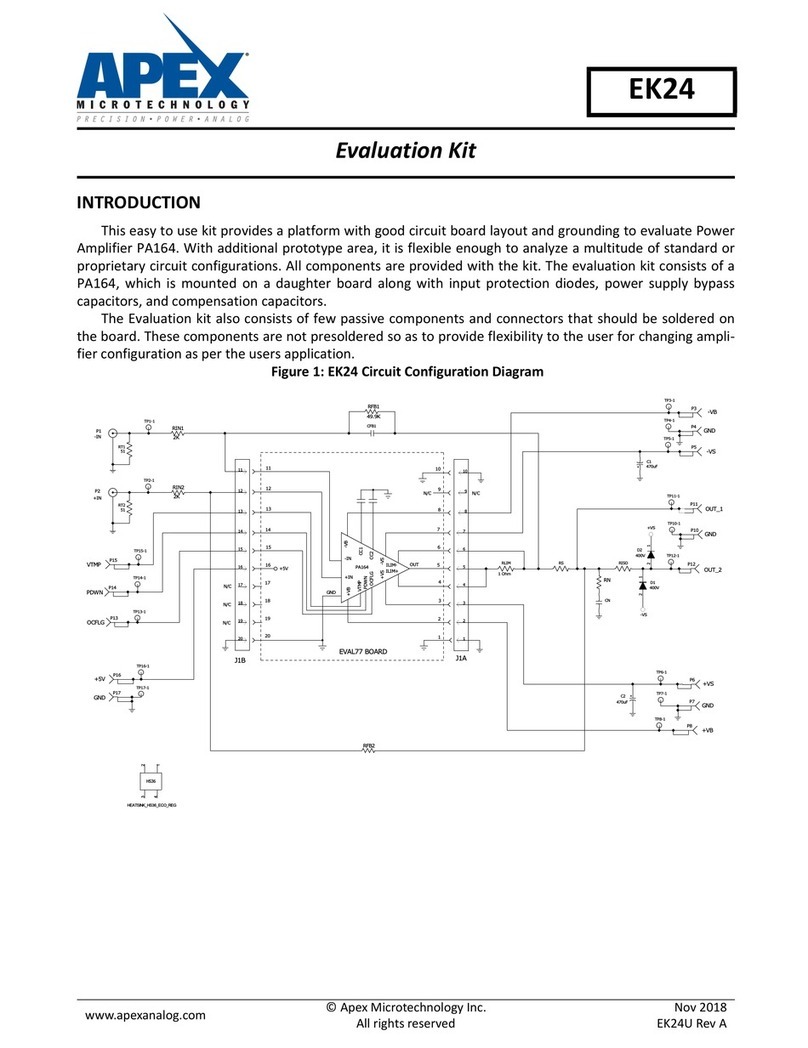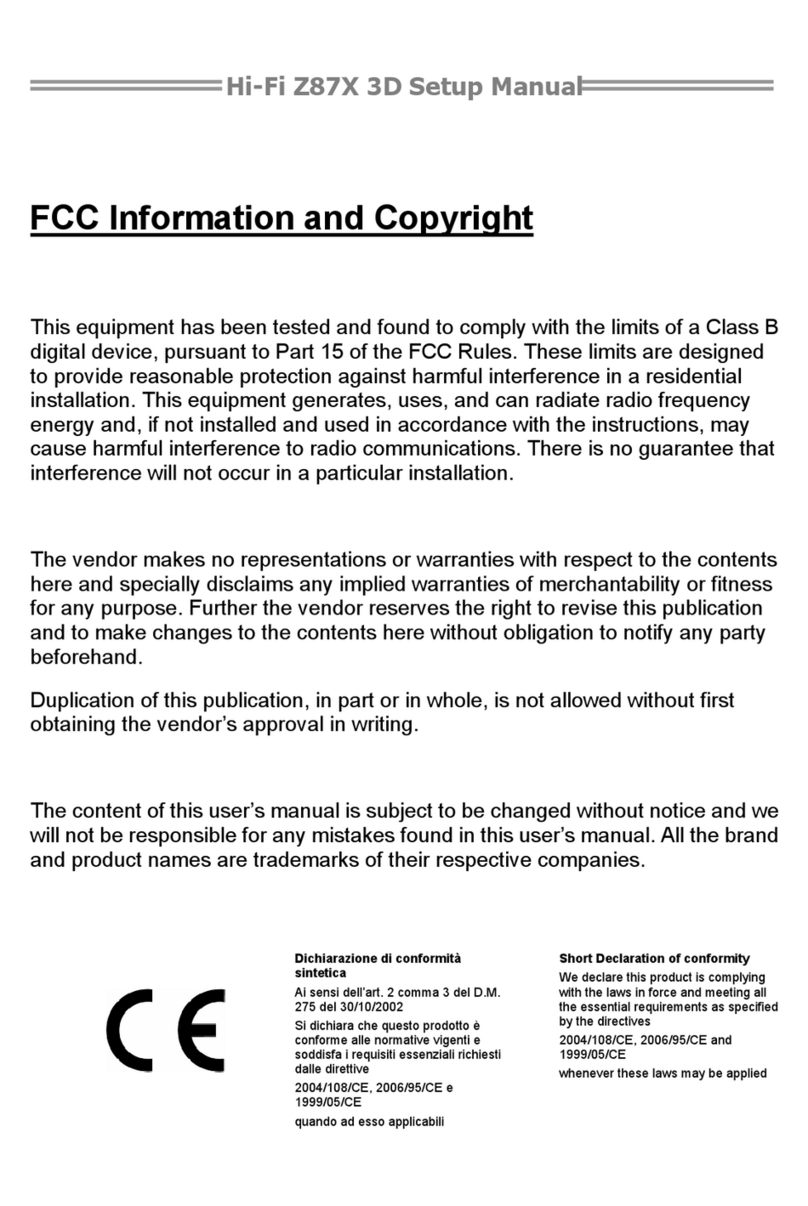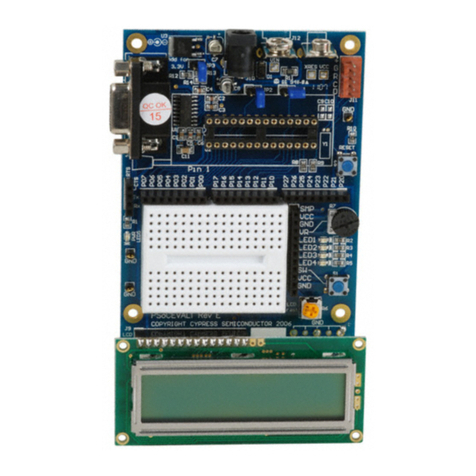
EK57
6EK57U-Addendum Rev B
6. Connection to test and measurement equipment;
1. Set up a dual 30V @ ≥2A lab power supply for -15V, GND, +15V (for symmetric supply voltages).
Switch the supply off and connect to +Vs (+15V), GND, -Vs (-15V) on the screw terminal strip.
Make sure there is a single ground point for all of these supplies.
2. Set a function generator to produce a 1 kHz, sinusoidal, 1Vp-p (centered around 0V) output
signal. Switch the output off and connect to the kit via a BNC cable.
3. Set up a scope to monitor the input and output signals of the amplifier circuit.
7. Initial Test
1. Leave the amplifier unloaded.
2. While looking at the scope, switch the power supplies on, then give the input signal.
3. The scope should show a 1 kHz, sinusoidal, 20Vp-p output signal, centered around 0V, 180° out of
phase with the input signal.
4. Push the SHUT-DOWN (SD) button, the output signal should instantly become 0V.
5. Push the RESET (RST) button, the output should take its previous shape (step G.c.) again.
6. Switch the input signal and the power supplies off.
8. Over-Current Test
1. Set the function generator to 500mVp-p.
2. Load the amplifier with a 10 Ω, ≥15W resistor (connect between OUT and GND on TS1).
3. Switch the power supplies on and give the input signal. Now slowly raise the amplitude of the
input signal while observing the output amplitude. When the output amplitude reaches 12V the
over-current protection should trip, rendering the output voltage at 0V. The experienced trip
point may differ due to tolerances in RLIM and the negative temperature coefficient (-2.2mV/°C)
of the factor 0.65 in the earlier given formula for ISD.
4. Lower the input amplitude and press the RESET (RST) button to turn the amplifier back on again.
5. Switch off the input signal and the power supplies.
9. Temperature Sensor Test
1. During the tests above, the temperature of MP118 can be monitored by measuring the voltage at
the SPARE-labeled TS1 screw terminal.
2. To connect a volt meter: the positive terminal should be connected to the “SPARE” screw
terminal (green banana jack in Figure 6), the negative terminal to “GND” (black banana jack in
Figure 6). The temperature can then be calculated as follows:
c. The over-temperature protection is set to trip around 100°C. This means a VTEMP of
approximately 1.278V. To test this, higher voltage / current power supplies and higher wattage
loads are needed, or the amplifier has to be left uncooled when loading it. However, care should
be taken not to make the event too fast, as the thermal protection has a certain delay. If the
thermal protection has tripped, the amplifier can be brought back to life by pressing the RESET
(RST) button, keeping in mind there is an 8°C hysteresis, i.e. the amplifier has to cool down at
least 8°C before it can resume functioning.
If EK57 + MP118 perform well in above tests the evaluation kit is now ready to be adapted to the cus-
tomer’s specific requirements and more application related evaluation. If the kit fails in any of the above test,
the assembly should be thoroughly checked for shorts, disconnects, wiring errors, the test & measurement
equipment should be checked for wrong settings and other errors. In case the problem stays, please contact
Apex Support via http://www.apexanalog.com/technical-product-support/#general. Please make sure to be
as detailed as possible when requesting for support.
T25
VTEMP 2.298–
0.0136
------------------------------------
–= C
